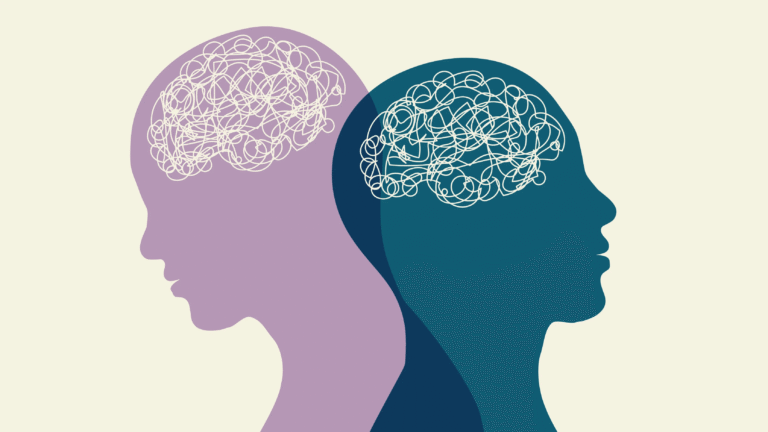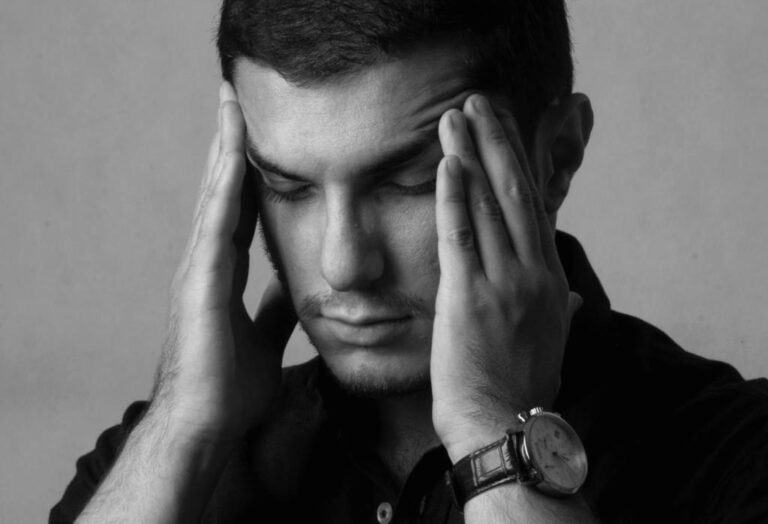Like most concepts in psychology, the word has been around far longer than modern research into trauma. Originating from ancient Greek, trauma means to “hurt” or “wound,” which isn’t too far off the modern definition–a deeply disturbing or distressing experience that has long-lasting impacts on wellbeing. Trauma can be conceptualised as an emotional response to a terrible event, which is driven by how humans respond differently to stress.
Unlike physical injuries, no two people will respond to the same traumatic event in the same way, and the consequences for those who are more prone to suffer in the long term are often invisible.
Defining Trauma: A Complex Experience
Trauma itself is a complicated business, people can continue to struggle with symptoms days, months, or years after the event. That’s why trauma counseling is becoming increasingly important for anyone from a student completing online PMHNP programs to a practising counselor, doctor, or therapist.
To differentiate between cause and severity, there are three main types of trauma:
- Acute
This type of trauma occurs after a one-off event of short duration, like a car crash or family loss. It is usually resolved relatively soon after the incident, with or without professional counseling.
- Chronic
This type of trauma is a persistent problem for a significant period of time, like regular bullying, abuse, or domestic violence. This persistent trauma can cause significant stress as it is ongoing and often inescapable.
- Complex
This type of trauma usually happens after one is subjected to multiple traumatic incidents from which there is no escape. This could be child abuse, slavery, human trafficking, or the result of war and conflict. Complex trauma can lead to conditions like Complex Post-Traumatic Stress Disorder (CPTSD).
Trauma and the Brain
Before we delve into the specifics of trauma, it’s important to understand how trauma impacts both the body and mind. After experiencing a traumatic event, the brain’s fear-related areas—like the amygdala—can become overactive, while regions responsible for calming and regulation—such as the prefrontal cortex—become less active.
This imbalance contributes to a prolonged stress response, where the body continuously releases stress hormones like cortisol, keeping the mind and body in a state of high alert, even long after the threat has passed. This ongoing state of tension is a key feature in the development of Post-Traumatic Stress Disorder (PTSD), where people may feel stuck in survival mode despite being physically safe.
PTSD
While not all trauma will lead to a psychological disorder, PTSD is a significant problem that around 5% of Americans will suffer from at some point. The Diagnostic and Statistical Manual (DSM-5) classifies PTSD as recurrent distressing memories/dreams/flashbacks of the event and/or psychological distress to cues that remind one of the original traumatic event. There must also be persistent avoidance of these stimuli, like avoiding people or places associated with the traumatic event.
The final two criteria talk about negative changes in mood and cognition following the event, and marked alterations in arousal and reactivity, i.e, being jumpy, hypervigilant, or reckless. All of these symptoms must persist for a month before a diagnosis will be made.
It’s important to note that even if you, or someone you care about, does not meet these criteria, it does not mean they don’t need professional care. Acute trauma can be intensely stressful to overcome, even if it does not last for a month or cause all of the symptoms listed.
Trauma and Gender
Many of the more stoic amongst us (yes, mostly men) will appear to process trauma more effectively and move on. However, it is often difficult for outsiders to know whether or not your friend, family member, or partner has actually moved past their trauma.
What the research has shown is that women are significantly more likely to develop PTSD following a traumatic event. This could be down to the fact that women often suffer from high-impact trauma younger age, like sexual assault, or other gender based trauma differences, like jobs, or different biological predispositions. In reality, this unfortunate truth is likely due to an interplay of multiple factors.
Overcoming Trauma
There is no simple answer or one-size-fits-all solution to processing a traumatic event, but your chances are far better if you seek professional help from a specialist. The good news it there are multiple tried and tested therapies that work well for trauma.
Cognitive Behavioral Therapy (CBT) is a widely used form of therapy, and a variation called trauma-focused or TF-CBT is highly effective in treating trauma, especially for young people. TF-CBT was developed by Anthony Mannarino, Judith Cohen, and Esther Deblinger in the 1990s, primarily to address the needs of children and adolescents who had experienced sexual abuse. Their method draws on cognitive restructuring, gradual exposure, trauma narrative processing, and psychoeducation, all the while teaching coping skills to live with trauma.
Eye Movement Desensitisation and Reprocessing, or EMDR, is an interesting and effective treatment. Unlike traditional talk therapy, EMDR uses something called bilateral stimulation to simulate the rapid eye movement usually unique to sleep. This allows the brain to process trauma.
**Please note this article should not serve as medical advice; if you or someone you care for is suffering from trauma, contact one of the many health helplines, your family doctor, or a counsellor.










